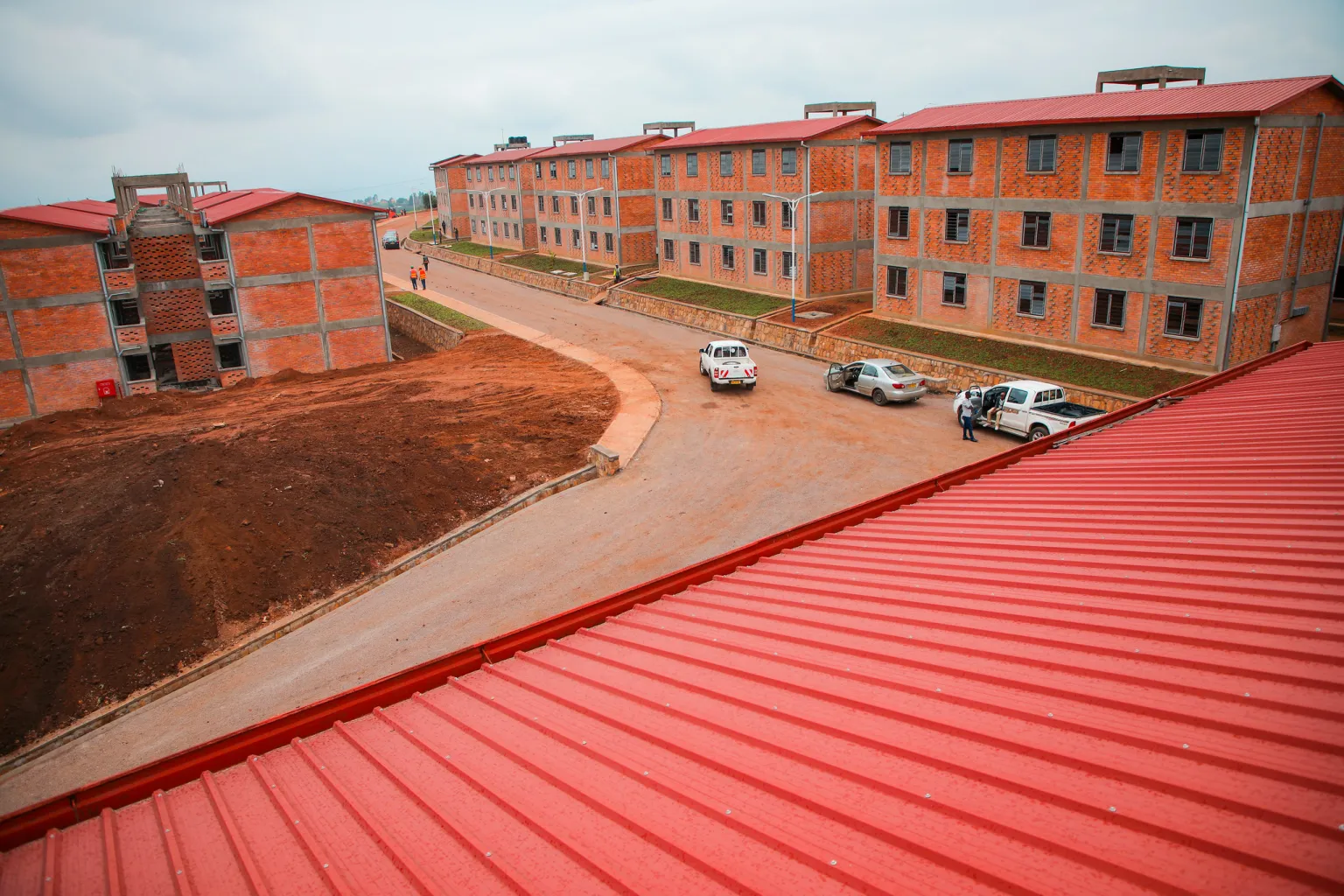Busanza’s brand-new market is bustling with activity. Colorful stalls sell fruits, vegetables, and basic necessities. Some relocated residents have opened small shops, while others have taken up street vending. Children, meanwhile, enjoy safe play areas, far from the narrow, unsanitary streets of Kangondo.
“There is absolutely nothing that could make me miss Kangondo,” says Uwamahoro Cécile, one of the beneficiaries of this relocation program. For her, living in a solid house, with running water and electricity, is a transformation she never imagined.
Neighbors in this new neighborhood also report positive changes. They say the arrival of displaced families has boosted the local economy and strengthened social cohesion. “Since the families from Kangondo settled here, the area has come to life. We have new businesses, new friends, and the children go to school together,” explains a Kanombe resident.
Urban planners point out that building modern villages like Busanza serves a dual purpose: ending slums and improving access to basic infrastructure. Clean water, electricity, sanitation, schools, and health centers are now within reach of relocated families.
Located in the Kanombe sector, the Busanza model village now houses 1,260 families relocated from Kangondo and Kibiraro. This operation is part of the government’s vast ” Vision 2050 ” program, which aims to urbanize the country in a sustainable, inclusive, and environmentally friendly manner.
The Ministry of Infrastructure confirms that other similar projects are in the pipeline, particularly in the city of Kigali, to address rapid population growth and gradually eliminate informal settlements. Kigali, which aims to become a green and modern city on an African scale, is banking on these model villages to reconcile urban development and citizen well-being.
For many former residents of Kangondo, Busanza represents not just a new neighborhood, but a genuine new beginning: a more dignified, safer life, and one that brings hope for their children.
